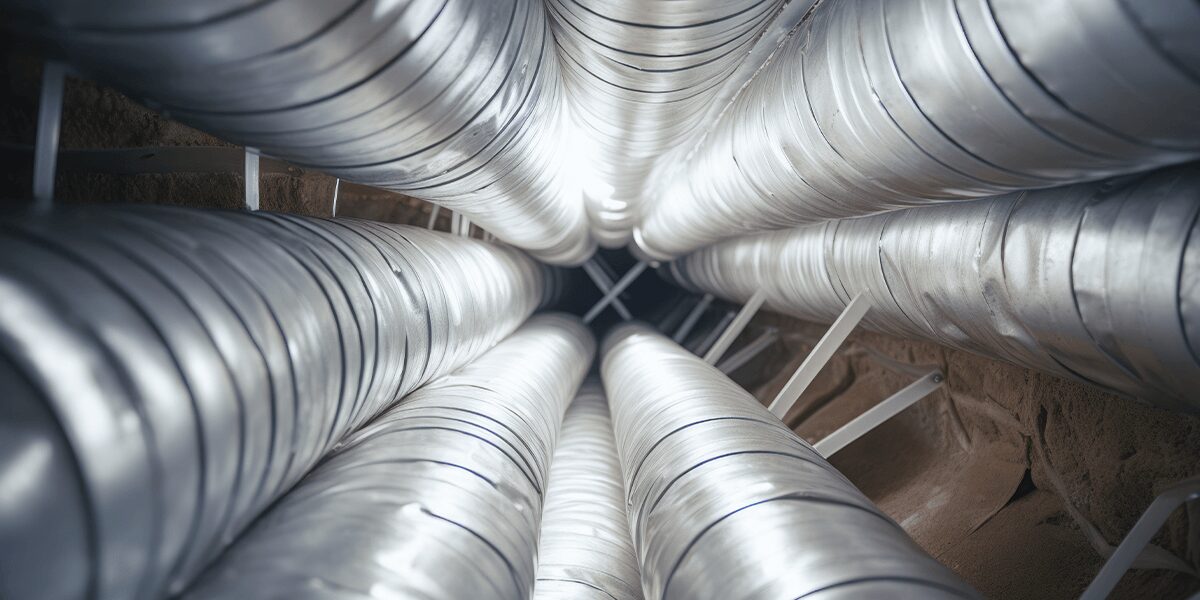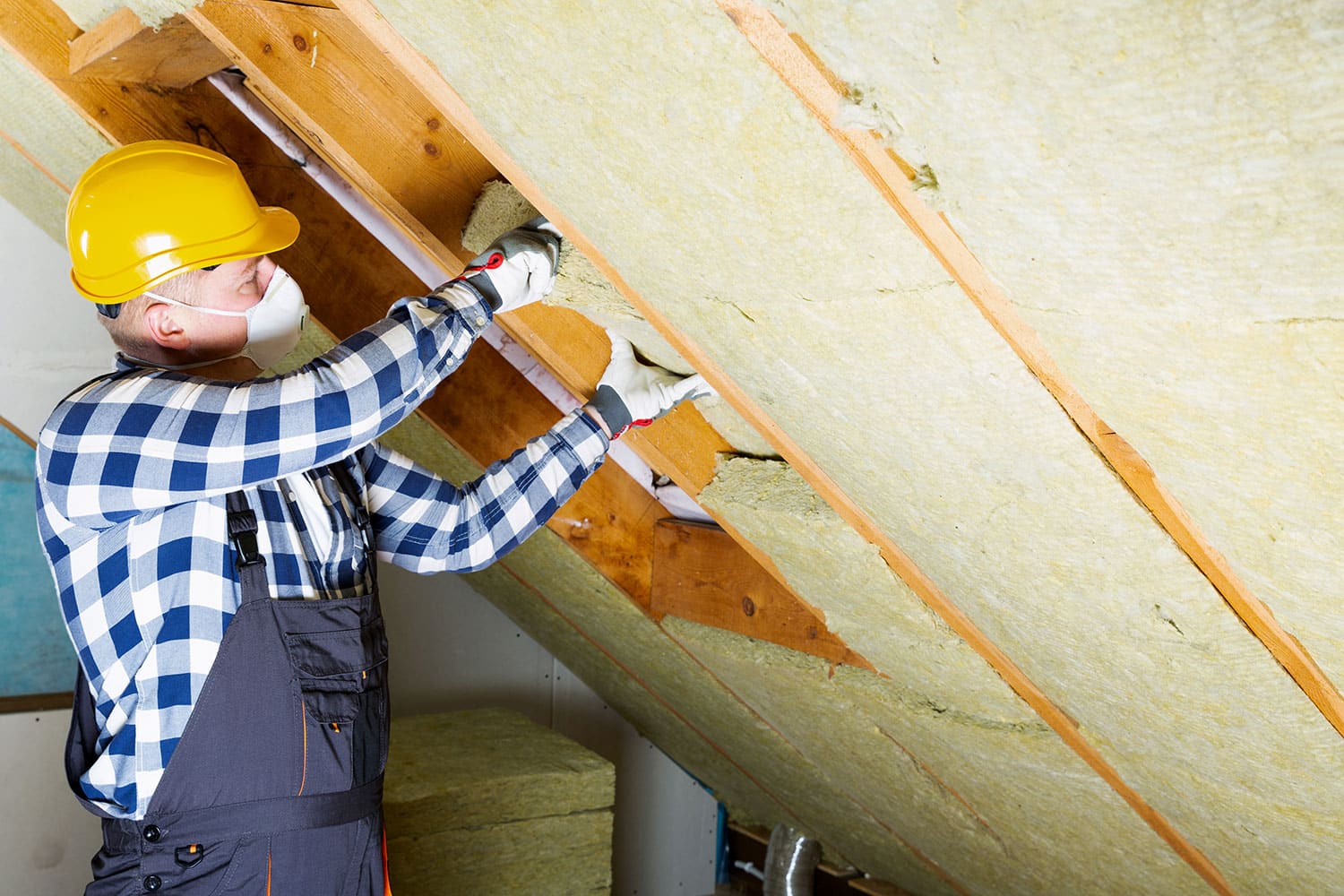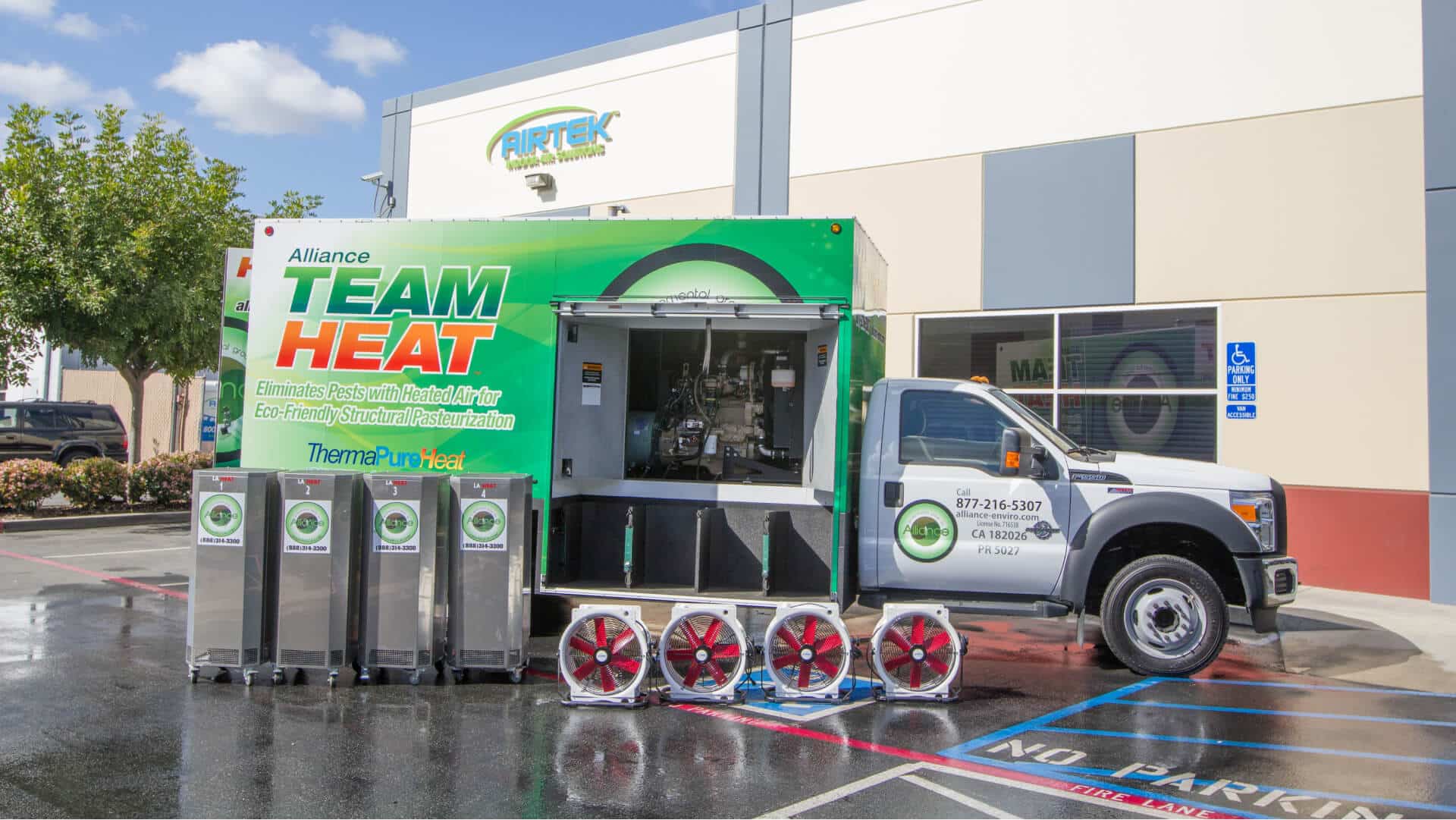Cooling costs are a substantial part of a facilities annual utility bill. Fortunately, there are many Operations and Maintenance (O&M) opportunities that can be implemented to make the existing air-conditioning systems operate more efficiently and effectively, ultimately lowering overall cooling costs.
One of the most effective O&M programs is to have the Evaporator and Condenser Coils professionally cleaned. “A dirty evaporator coil or condenser coil will reduce cooling capacity and degrade equipment energy efficiency. A clogged evaporator coil reduces air flow through the coil, thus causing the compressor motor to consume more energy. Exposed to unfiltered out-door air, condenser coils easily trap dust and debris, which raises the condensing temperature and reduces the cooling capacity. A Pacific Gas & Electric (PG&E) study showed that a dirty condenser coil can increase compressor energy consumption by 30 percent. Solution: Visually inspect the evaporator and condenser coils at least once a year for clean air-side passage. Replacing filters on a regular basis will keep the evaporator coil fairly clean. Remove the dirt from the coils by washing and vacuuming them. To ensure that the coils are not damaged by the high-pressure spray wash, an experienced cleaning crew should be used. In a two-person crew, one person will spray clean the coil, while the second person continuously vacuums out the cleaning solution.”
“A dirty condenser coil that raises condensing temperature from 95 degrees to 105 degrees F. cuts cooling capacity by 7 percent and increases power consumption by 10 percent, with a net (compressor) efficiency reduction of 16 percent. In a 10-ton unit operating 2,000 hours a year, this wastes about $250 per year in operating costs.”
Excerpts taken from the May 2005 issue of FEMP Fact Sheet
To get more information on the rule from EPA, go to:
www.eere.energy.gov/femp
Bill Wood – Alliance Environmental Group April 2010



